Halo 5: Guardians review
Halo 5 maintains the series' standard as an explosive first-person shooter with a strong campaign and multiplayer modes.
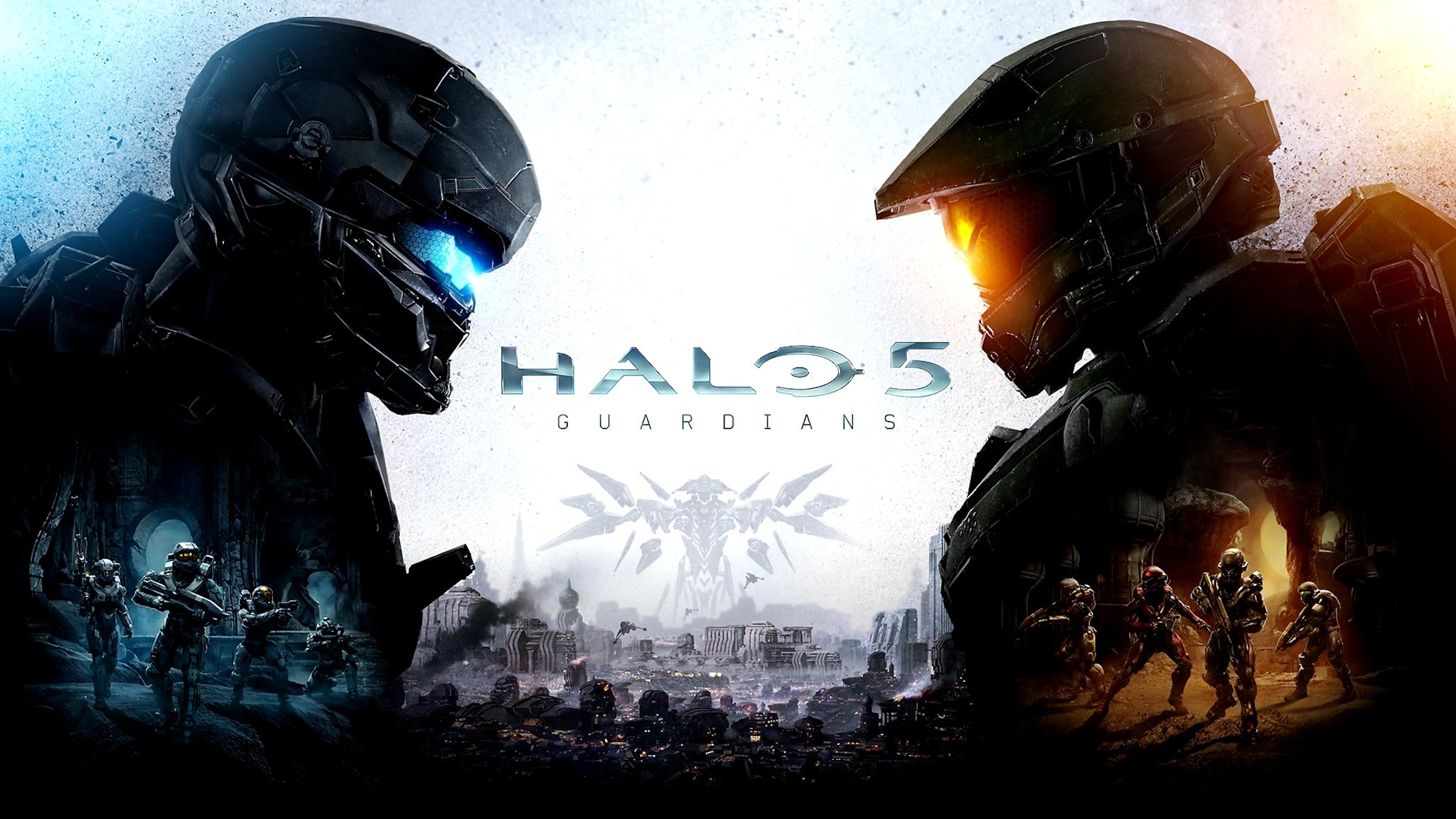

In 2014, the Xbox One saw its first true Halo title in Halo: The Master Chief Collection. We won't count the mobile port Spartan Assault because WHO CARES. Unfortunately, Master Chief Collection suffered from severe multiplayer issues and countless bugs, tarnishing the series' reputation on Xbox One before an original entry for Microsoft's new console could even be produced.
At last, Halo 5: Guardians has arrived exclusively on Xbox One, courtesy of 343 Studios and Microsoft. Guardians has a lot to prove. Can it capture the fans who felt let down by Halo 4, and can it make things up to gamers who suffered through Master Chief Collection's rocky launch period? Most importantly, does Halo 5 recapture the magic that helped Halo: Combat Evolved and Halo 2 shape the evolution of first-person shooters on consoles for years to come? Read our detailed review to find out!
Pros:
- Super smooth 60 FPS frame rate, even during hectic combat situations
- Story adds an interesting twist to move the series narrative forward
- Perfect shooting and combat
- Unlocking multiplayer items with REQ Packs is fun
Cons:
- Squadmate AI is poor
- No split-screen or LAN multiplayer
- Too much Locke, not enough Chief
- Not enough ammo for human weapons in the campaign
- Warzone mode favors the team that strikes first; REQ Packs affect balance as well
Following the chief
Whereas the story modes in some FPS titles scarcely matter to fans (*cough, Call of Duty and Battlefield, *cough*) and other shooters don't even bother with campaigns (see EA's Star Wars: Battlefront and Plants vs. Zombies: Garden Warfare series), the Halo series has a reputation for telling a fairly compelling story. Novels, comics, and other forms of media have long fleshed out the series' universe and mythology.
Halo 2 dropped the ball by cutting off without a proper climax or ending, and Halo 3 barely had a coherent narrative to tie its levels together. But Combat Evolved, ODST, and Halo 4 all told exciting science-fiction tales centered around a fellow named Master Chief. That's what fans want from Halo 5 – not just an exciting multiplayer mode.
Halo 5: Guardians takes place eight months after Halo 4's Spartan Ops co-op campaign. Series protagonist Master Chief has escaped from Forerunner space back to Earth and joined up with his comrades known collectively as Blue Team. Meanwhile, another Spartan super-soldier known as Jameson Locke leads Osiris team on a mission to rescue Catherine Halsey, the scientist who created the Spartans.
Before long, the two Spartan teams' missions set both groups at odds. Master Chief receives a cryptic message and abandons his previous mission to investigate. Spartan Locke says, "OH NO YOU DIDN'T" and heads out after Master Chief's Blue Team. The new cinematics from the Master Chief Collection's Halo 2: Anniversary (in which Locke questions Covenant soldiers about Master Chief) take place sometime during Halo 5's story.

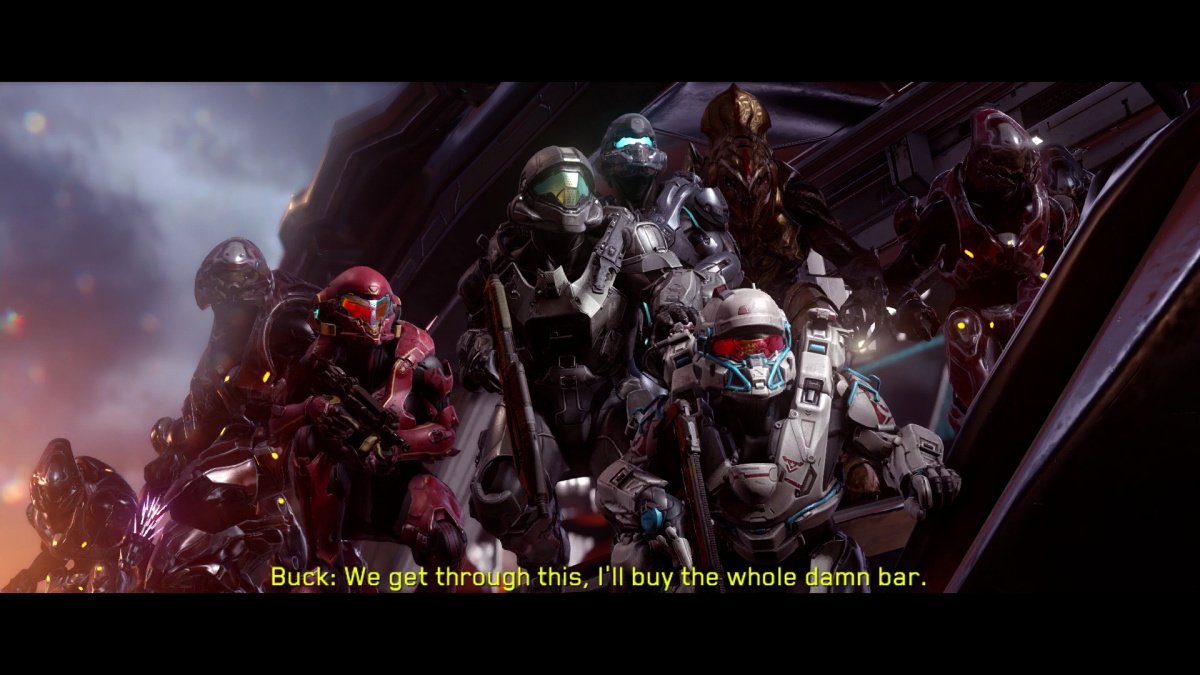
The fight never finishes
Halo 5 features a 15-chapter campaign. The series has always supported cooperative play in some form: via local split-screen, LAN, online multiplayer, or all of the above. Halo 5 ups the co-op focus by putting players in charge of a four-Spartan squad at all times. This makes more narrative sense than having multiple Master Chiefs running around, and it allows for plenty of character interactions (if not actual development) as the story unfolds.
All the latest news, reviews, and guides for Windows and Xbox diehards.
Throughout most of the game, players will control Spartan Locke's Osiris Team: Locke, Vale, Tanaka, and Buck. The latter returns from Halo 3: ODST, and is once again played to perfection by Nathan Fillion. 343 and Microsoft have chosen Locke as the real protagonist of Halo 5, but he's just a boring, work-focused cipher. Bit of a missed opportunity. Buck shows real personality and pathos, on the other hand, easily stealing the show.
Master Chief and his Blue Team (Linda, Frederick, and Kelly, all introduced in the Fall of Reach novel) are playable in a scant three missions during Halo 5's campaign. This is a story of the outsiders investigating the known quantities, as you sometimes see in TV series. As such, we don't get a lot of time to know Blue Team either – but we do see that Chief is fiercely loyal to his friends, and these three would follow him to the ends of the galaxy as well.
Both teams play nigh identically, with only the individual character's starting weapons (and Locke's unique ability to emit pulses that can identify collectibles) to differentiate them. They are all genetically enhanced Spartans, after all. Halo fans will pick up the game fairly quickly, but they do still have some new abilities and controls to learn.
Halo 5's new control scheme takes some inspiration from other shooting games, primarily by mapping the aim function to the Left Trigger. Grenades are now mapped to Left Bumper and Melee to Right Bumper. Clicking the left stick in will sprint, providing a welcome burst of speed.
The B button now activates the Thruster Pack either on the ground or in the air. This boosts your Spartan forward slightly. The boost button replaces the Armor Abilities from Halo: Reach and Halo 4. I found the Armor Abilities more fun and useful than the Thruster Pack. Someone who understands FPS games on a deeper level might be able to explain the Thruster's use, but right now it seems like a waste of a button.
More useful is the new ground pound move. At the apex of a jump, players can press and hold the melee button to prepare a ground pound. The Spartan will freeze in the air while the player aims a cursor along the ground. Release the button and you'll smash into the ground, damaging anything in your way. The ground pound doesn't have much of a radius, which keeps it from being overpowered.
Pressing down on the d-pad at any time will create a marker indicating your next objective. No more getting lost like we did back in the first Halo! Down also pings for nearby collectibles when playing as Locke's team. For some annoying reason, it doesn't do the same for Master Chief's team.


Spartan squad
Squad commands round out Halo 5's new mechanics. You always have a team of four Spartans, whether playing single-player or co-op. If less than four players are present, the AI will fill in the remaining team members. For the first time in the series, players have some control over these AI companions.
Pressing up on the d-pad will tell your lackeys where to go (they usually just follow). If targeting an enemy when you press up, the team will attack that enemy. This proves quite useful at times because the AI Spartans can't run out of ammo.
Players can now be downed and revived, much like the Gears of War series. Even when playing solo, you can press the X button to request assistance when you get downed. If any of your goons get to you in time, you'll continue the fight without getting sent back to a checkpoint. AI Spartans can be downed as well, in which case you'll have to revive them if you don't want them to disappear and respawn after a while.
I'm a fan of both co-op and squad controls, so I welcome Halo 5's new squad-focused campaign. One thing curtails that squad-based enjoyment when not playing with four players, though – the AI. Your AI companions are, disappointingly, dumb as rocks. If you don't mark enemies, they barely target or hit them. They drive vehicles like crap. They visibly stall when faced with two players to revive, often leading to player deaths. And they can't handle reviving a player who gets downed on top of a vehicle, either.
Halo: Combat Evolved and Halo 2 were known for fairly strong, friendly AI, albeit those friendlies played a much smaller role than in Halo 5. But it's still a shame to see incompetent AI in a game so focused on squad-based play. They don't ruin the campaign or anything, but smarter and more human-like AI would've been welcome.


Multiplayer
First, the bad news. Halo 5 does not include split-screen or LAN multiplayer in any form. Both features have been standard in the series since the very first game. Online multiplayer has certainly grown in popularity since Halo launched in 2001. But local multiplayer is absolutely not dead – even recent Microsoft releases like Gears of War: Ultimate Edition include both split-screen and LAN play.
The lack of at least LAN support will limit Halo 5's tournament potential. Famously a Master Chief Collection tournament had to be canceled earlier this year due to online server issues. And people who are used to playing through Halo campaigns in split-screen will be sorely disappointed at the absence of local multiplayer in Halo 5.
Still, Halo 5's online features are strong enough that many gamers won't even miss local play. The entire campaign supports 4-player online co-op. Each player can select the specific squad member of his or her choice before beginning campaign missions though someone always has to control Locke or Chief.
Competitive multiplayer consists of two separate game modes: Arena and Warzone. Arena represents the traditional competitive multiplayer, with game types like Slayer and Big Team Battle. It does not support the use of Halo 5's new REQ cards, but players can still wear custom armor acquired from those packs.
Warzone is an all-new mode and the centerpiece of Halo 5's online multiplayer. There are two Warzone game types: Warzone and Warzone Assault. Both pit two teams of 12-players against each other for control of a large map.
In standard Warzone, both teams start with a base and must fight to capture additional points on the map. AI enemies spawn in periodically, providing scoring opportunities and keeping the teams on their toes. The game ends either when one team reaches the score total or destroys the other team's base core.
Warzone Assault is an asymmetrical PvP game type with no AI enemies. One team must defend a base while the other team attempts to capture it. The game lasts for a specific period or until the attackers capture the defender's base. I find standard Warzone far more enjoyable than Warzone Assault. The asymmetry doesn't favor balanced matches, which is further exacerbated by the new REQ system.
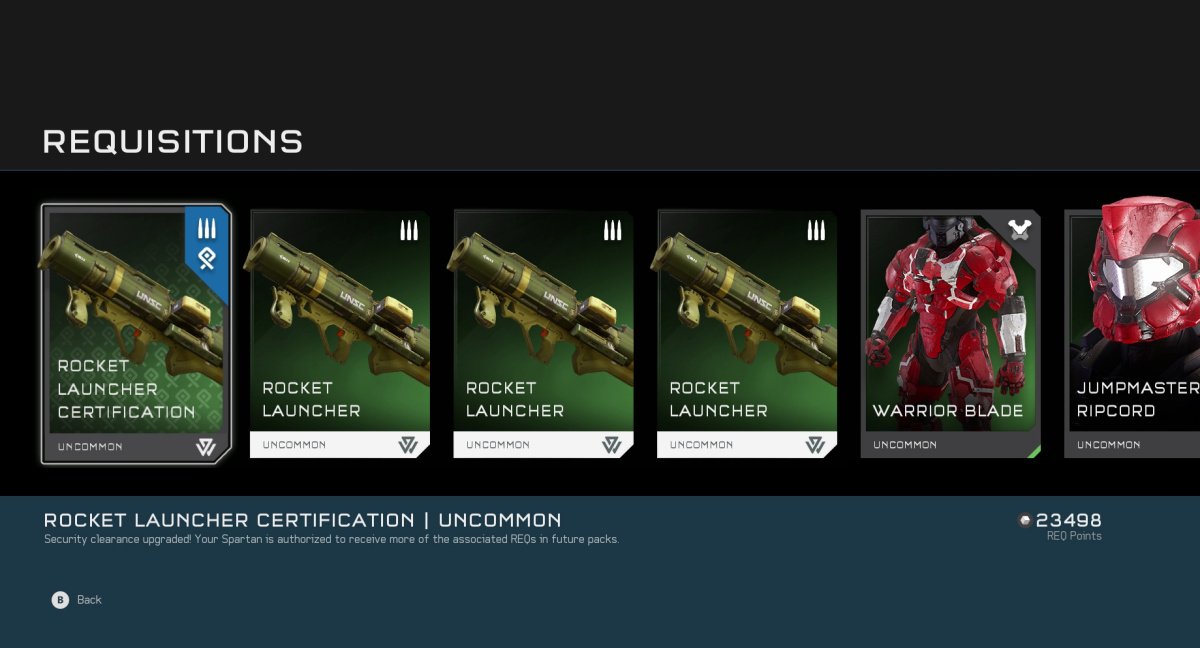
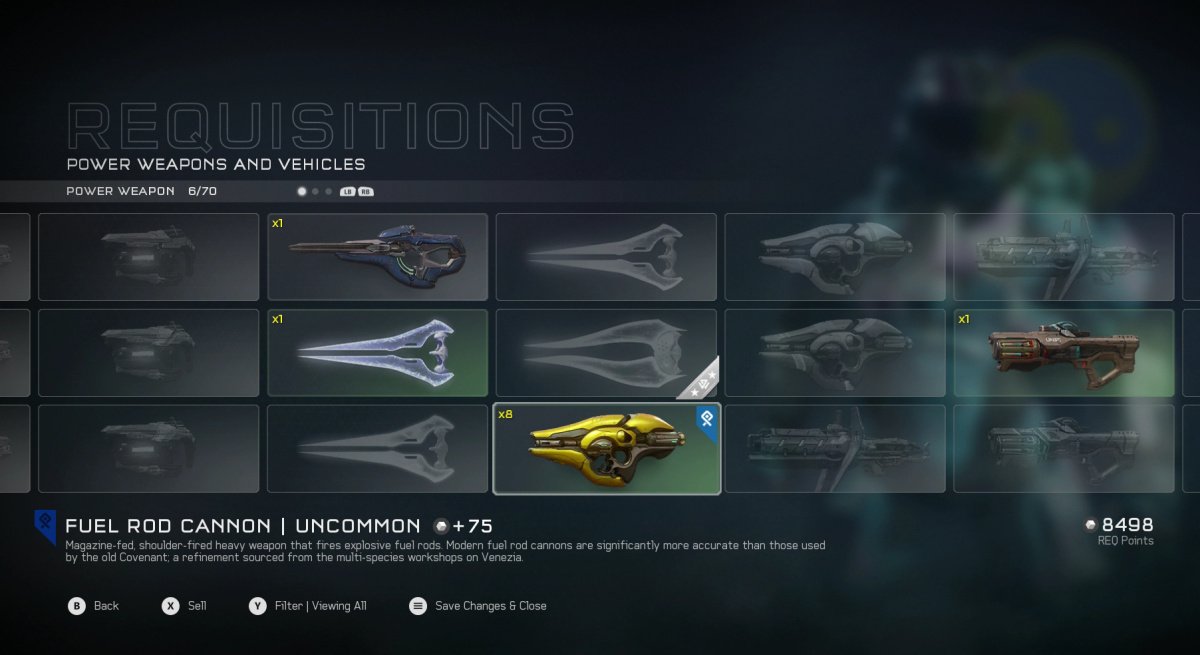
REQ Packs
The points players earn from Arena and Warzone games can be spent on Halo 5's all-new REQ packs. You also earn REQ Packs for ranking up and earning commendations, as well as redeeming promotional codes included with the Halo 5 Limited Edition Controllers, the Halo 5 Limited Edition Strategy Guide, and other specially-marked retail goods.
A REQ Pack contains a random assortment of four basic types of cards:
- Customization: Unlock new helmets, armor, visors, emblems, stances, assassinations, and weapon skins.
- Loadout weapons: Unlock new weapons and weapon variants to use in Arena and Warzone
- Power weapons and vehicles: Request (summon) specific weapons, vehicles, and power-ups from REQ Stations during Warzone games
- Boosts: Activate XP and other boosts in Arena and Warzone games
Duplicate or unwanted REQ cards can be sold for REQ Points, the currency used to purchase REQ packs.
REQ Packs make for a fun unlocking system. You'll play a bunch of multiplayer games to build up some points, buy a pack or two, and see what new stuff you've unlocked. Mostly this leads to improved customization options, although you'll also unlock new weapons to request during Warzone games.
Requisitioning items during Warzone games will likely be a point of contention among players. Power weapons and vehicles no longer spawn on the map in Warzone, so the only way to get them is by spending REQ cards at a REQ Station or taking them from another player. You can't just REQ whatever you want, though. You'll have to score some kills and assists to level up during that game, which then allows you to choose from more of your REQ cards.
The REQ Station system inherently imbalances Warzone games. Since nobody can use higher-level cards right off the bat, the first team to score some kills has the best crack at requesting powerful items. This leads to them dominating the match and making it harder for the other team to get enough kills to even use their REQ cards.
That favors-the-strong balance will likely appeal to fans of the Call of Duty series, but Halo has always provided a more balanced experience until now. Then again, the sheer chaos of Warzone can be pretty fun even when your side has no chance of winning.

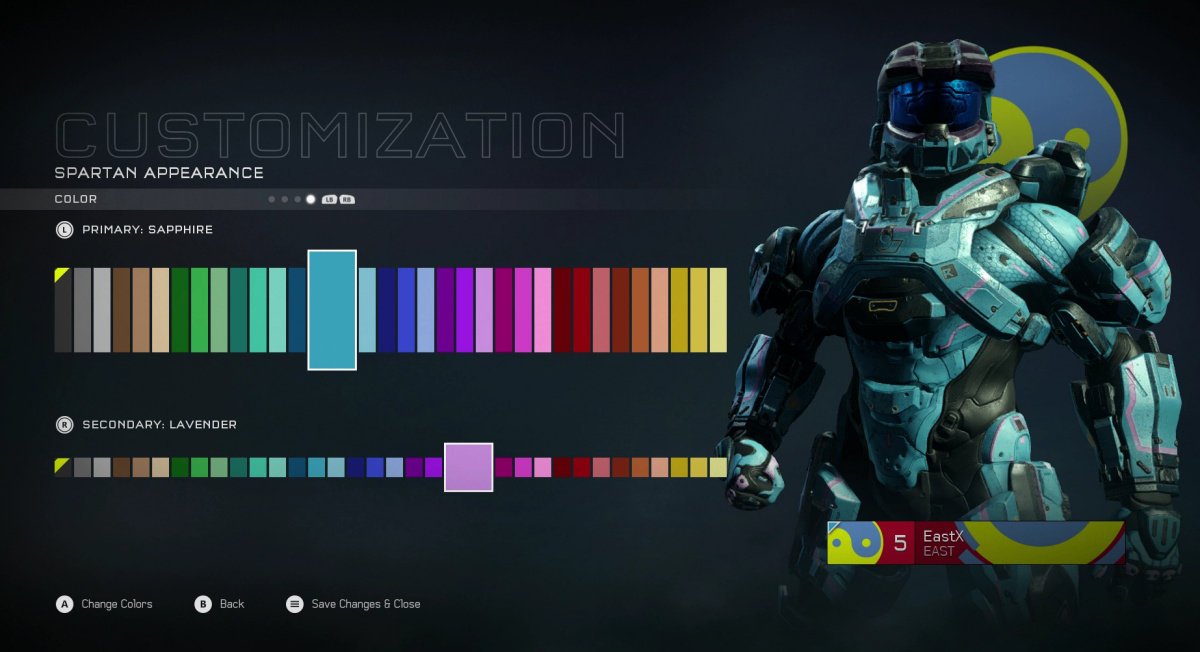
Achievements
Halo 5 offers 65 Achievements worth 1,000 Gamerscore at launch.
As far as campaign playthroughs go, players will need to complete the game on Legendary in single-player and beat the campaign on Heroic or higher in co-op. There are no time-attack Achievements, thank goodness. Many levels also have optional goals like taking specific paths or avoiding killing certain targets. You'll also have to find two types of collectibles: Intel and Skulls.
The game's ten multiplayer Achievements are surprisingly reasonable compared to past Halo games. No trying to set up specific situations or blind luck here. Just playing and winning matches on specific maps. Anyone should be able to get Halo 5's full 1,000 Gamerscore if they put the time in.
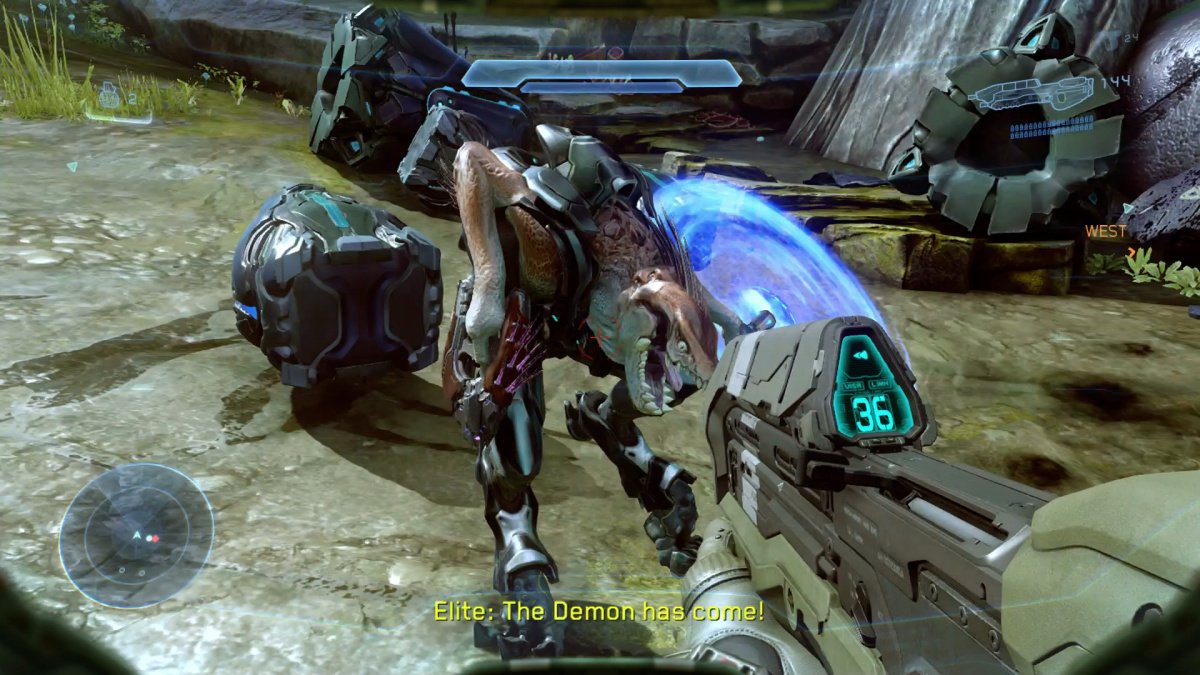
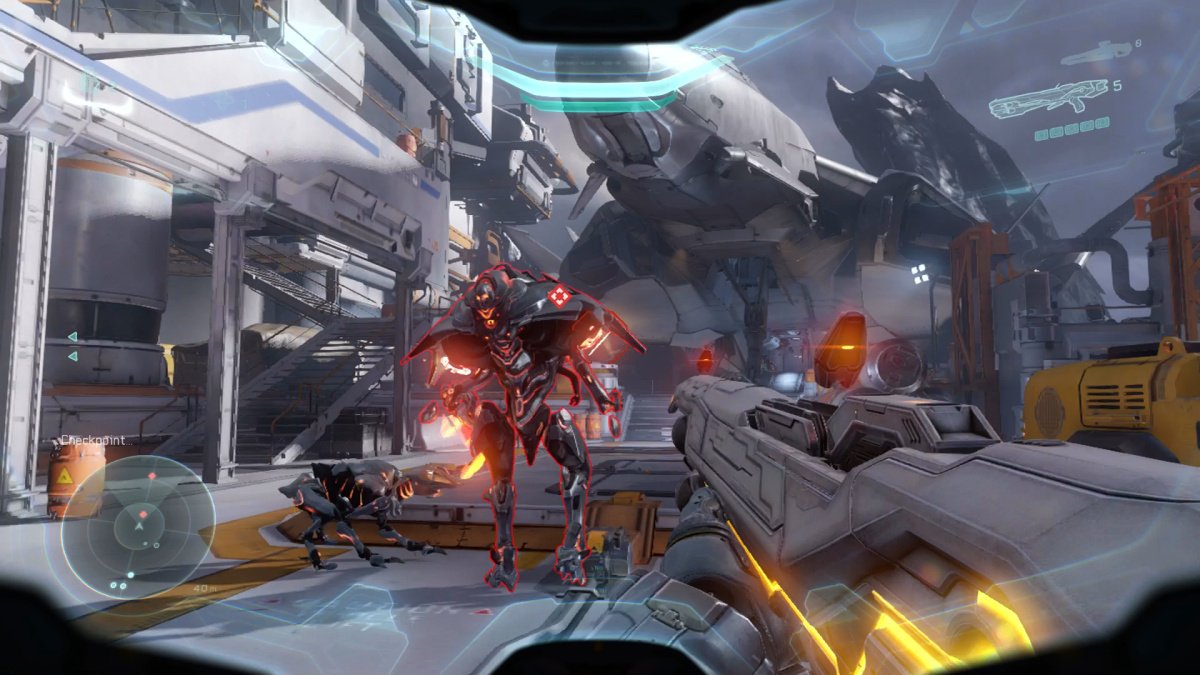
Overall Impression
Thanks to the mixed reaction towards Halo 4 (which I say was a great game, nyah!) and problematic launch of Master Chief Collection, many Halo fans have wondered whether Halo 5: Guardians would live up to series standards and feel like a proper Halo game.
A big part of the Halo feel is cutting edge graphics and sound. Halo 5 won't disappoint on either front. This one looks better than any Halo before it thanks to fantastic art direction and the clever dynamic resolution technology.
When things get too hectic, the resolution drops slightly to maintain a constant 60 FPS frame rate. Thus it never chugs, and you're usually too busy fighting Prometheans and the Covenant to notice the shifts in resolution. The music impresses too, especially thanks to the return of the Halo theme that Halo 4 mysteriously lacked.
Halo 5's campaign is one of the best in recent memory. The story feels like a logical (and sometimes surprising) extension of the events from previous games. You'll meet a variety of characters (even the Arbiter gets involved in the action though he's not playable) with clear and relatable goals – although those goals sometimes set them against each other. The locales that Master Chief and Locke visit are alien and exciting, and the level design and set pieces are improved over Halo 4.
On the downside, the repeated boss fights against the Warden get a bit old – perhaps more so because I find his character very annoying. The friendly AI needs more work, especially due to the squad-based nature of the game. And Spartan Locke won't be stealing the limelight from the Master Chief until he gets some proper characterization. Not that Chief himself ever showed much personality, but at least we've had tons of games and books over which to fall in love with him.
I've only played a few hours of Halo 5's competitive multiplayer modes, so I can hardly pronounce final judgment on them at this early point. Unlocking new items and weapons through the REQ Pack system should prove fairly addicting, but I fear for the imbalance they bring to Warzone mode. Arena brings the traditional Halo multiplayer experience, though, so Warzone won't make or break the game.
The original Xbox launched with Halo: Combat Evolved and the series has been an Xbox mainstay ever since. Every Xbox needs a proper Halo game to feel complete, and Xbox One finally has that with Halo 5.
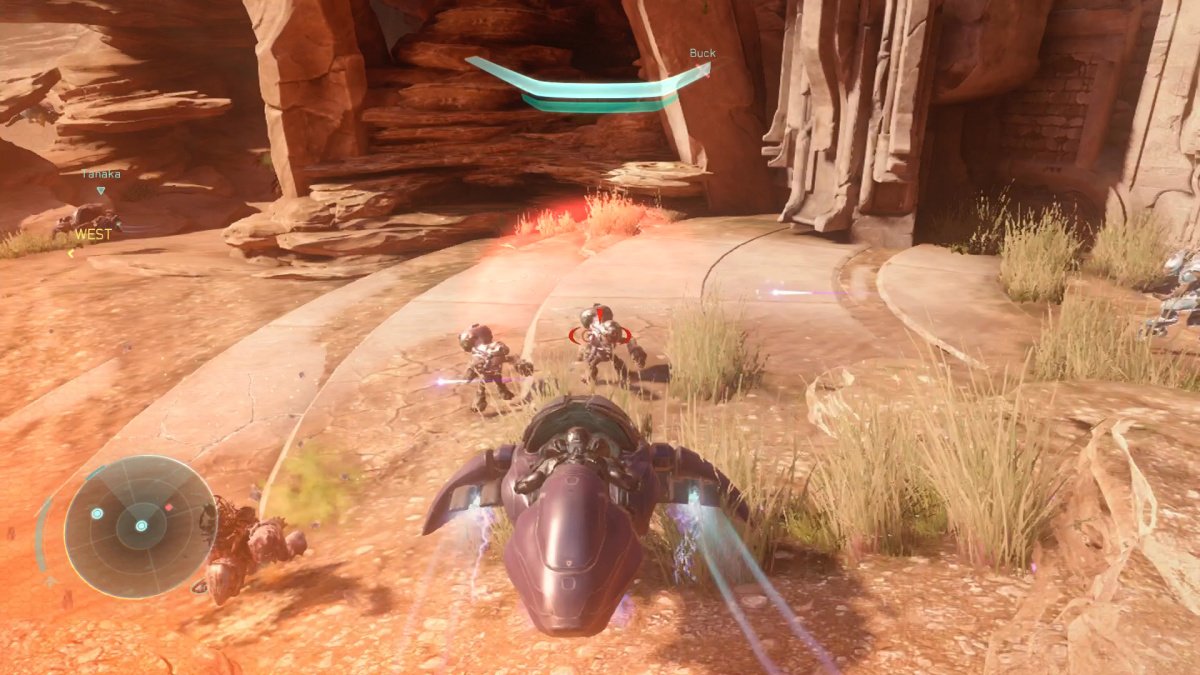
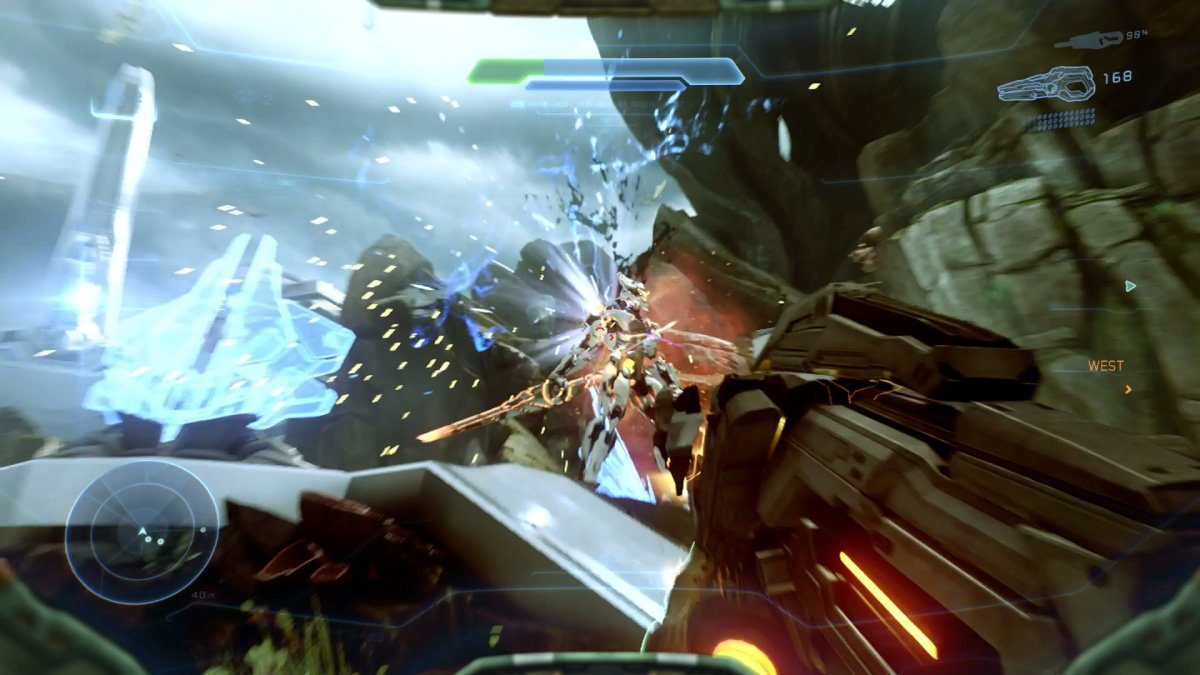
More Halo 5 coverage
Don't miss our other big Halo 5 stories!
- Halo series plot recap
- Halo 5 Limited Edition Xbox One Controllers review
- Halo 5 Guide: How to create and join a Spartan Company
- Prima Halo 5 Collector's Edition Guide: In-depth review
Get your copy of Halo 5:

Paul Acevedo was formerly a Games Editor at Windows Central. A lifelong gamer, he has written about videogames for over 15 years and reviewed over 350 games for our site. Follow him on Twitter @PaulRAcevedo. Don’t hate. Appreciate!
